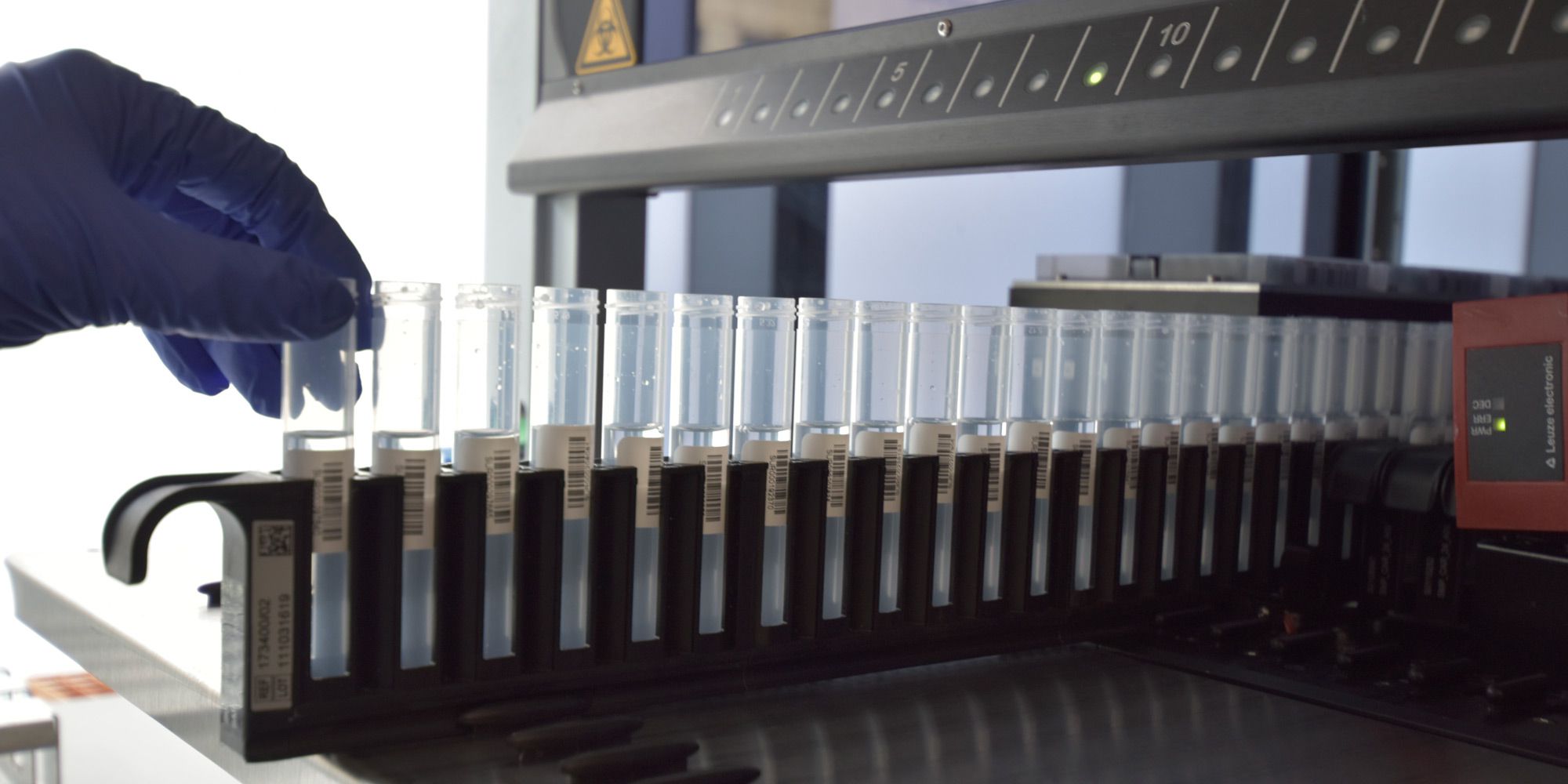
COVID-19 Testing at IGI: A Whirlwind Year and a Bright Future
One year in, a team of recent UC grads and current students powers the IGI testing lab.
On March 13, 2020, IGI members gathered — some in person, some calling in through Zoom — to talk about how we could use our knowledge, skills, and resources to address the COVID-19 pandemic. At that time, diagnostic testing was a bottleneck for addressing and containing the pandemic, and by the end of that conversation, IGI members agreed that opening a testing lab was a way we could serve the local Bay Area community immediately.
A massive and whirlwind effort, in coordination with University Health Services and under revised guidelines from the CDC, FDA, CDPH, and an emergency declaration from Governor Gavin Newsom, enabled us to expedite the clinical testing approval process. On April 6th — just three weeks later — the first test samples were processed by volunteer scientists at the IGI Building.
From the first tests done manually in April 2020, the lab has scaled up to run 14,000 tests per week on average and more than 200,000 total, meeting the needs of the Berkeley campus and providing testing to frontline workers and underserved populations in the East Bay.
“So much was unknown about COVID-19 when we started our rapid response, but we were just so motivated and dedicated to making this a reality,” says Abby Stahl, one of the Technical Co-Leads who played a pivotal role in establishing the lab in March 2020. “When we did our last round of validation experiments, we were using confirmed-positive samples. We suited up in Tyvec suits, N95 masks, face shields, and double-gloved our hands for the first time. After that, we had our first patient samples, which felt hugely sacred. It was the most important qPCR I’ve ever done, to be able to take those clinical samples and give a patient their result.”
A year later, the testing lab has transitioned into a permanent clinical lab at the IGI. To become a sustainable and equitable effort, we moved from a volunteer-based operation to hiring full-time staff to run the operation. Unseen by the thousands of Cal students, staff, and faculty getting tested each week, this team of 15 recent University of California graduates runs the day-to-day testing in the lab and 20 UC Berkeley undergraduate student-workers build every single testing kit by hand to keep the campus running safely.
From the first tests done manually in April 2020, the lab has scaled up with the aid of robotics and improved protocols to run 14,000 tests per week on average and more than 200,000 total, meeting the needs of the Berkeley campus and providing testing to frontline workers and underserved populations in the East Bay. Meet three of the current testing team members below.
William’s story
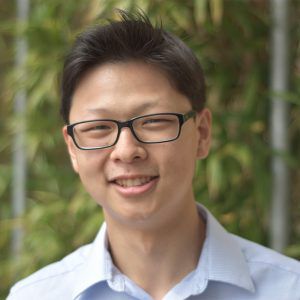
“In late July, a friend from the UC Berkeley marching band said that he was part of the COVID-19 asymptomatic saliva testing study and that they were seeking additional help.
I’d been looking to help out with the pandemic and this was a perfect opportunity to jump into the fray! Soon I was assisting at the study kiosks. I don’t know how many people can say they’ve been a ‘spit coach’ before!
In October, I started putting together the nasal swab kits for surveillance testing students on campus. And in December I applied for a job actually processing the test samples in the diagnostic testing lab. My colleagues and I operate the robots that do most of the pipetting and so on. MCB150L — the cellular and molecular immunology course I took as an undergrad — taught me how to pipette, work with sterile technique, and other skills that I’ve needed in lab.
The people I’ve met at the IGI in general have been some of the friendliest people I’ve met in all my years at Berkeley. We’re serious when we need to be, but we have a lot of fun in the lab and people enjoy what they’re doing.”
Iman’s story
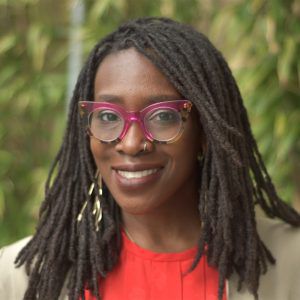
“I got my Ph.D. in Plant and Microbial Biology, just across the street from the IGI.
In my dissertation work, I used next-generation DNA sequencing to survey microorganisms in public housing and privately-owned homes. I was able to verify that, just as the residents of public housing had said, they were having more problems with environmental toxins and mold. I’ve been passionate about dismantling environmental racism through science and policy for a long time.
So after I finished my Ph.D., I was actually working for the City of Berkeley in a legislative office. In that role, I viewed myself as a public servant, willing to do anything. When the pandemic started, I wanted to do what I could to serve. I started working for the lab in June, and I’ve had many roles: processing tests, running the robots, and now I’m mostly working on data analysis and reporting test results to clinicians.
The thing that I love the most about the IGI is that we have a really incredible mission to serve the public, not just the privileged. Our main partner is the campus. But outside of that, we do really outstanding work with community partners. We specifically serve low-income, Black, Brown, Indigenous, and undocumented communities. I think that’s really astounding and I’m proud of that. I’m also proud that our testing is not-for-profit.”
Matt’s story
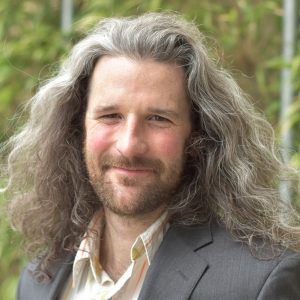
“I went to Cal for undergrad and was back at Cal for a postdoc in evolutionary biology, which ended around when the pandemic started. I came on in June as one of the first hires, doing the PCRs and processing the tests, and transitioned to lab ops.
I grew up working in restaurants, and I worked at Jupiter over on Shattuck in undergrad. The experience I had with production-style efficiency has been invaluable. We’ve got million dollar robots instead of ovens, and pipettes instead of knives. In the lab, I made a ticket system for all the sample plates. It’s like a diner: grab your ticket, see what needs to be done next, and get it done. It’s also been really fun working with all the robots — when things don’t work, figuring out why and how to fix it.
We’ve had a number of surges in samples, like around Thanksgiving. Each time we survive and figure out how to improve. The capacity of tests we can handle easily has gone up ten times since the lab opened. I just can’t emphasize enough that it’s been a tremendous group effort to get the lab running, from the postdocs who designed the assay, to people doing crucial administrative work, to the undergrads who are making the kits. The work has taken all these different forms and we’ve had to be super adaptable.”
Moving forward, the lab will continue to monitor the Berkeley community for SARS-CoV-2, the virus that causes COVID-19. “We need to stay vigilant,” says Petros Giannikopoulos, M.D., Clinical Lab Director, “because SARS-CoV-2 can mutate or flare up. We are part of the infrastructure for the University and city to be able to respond instantaneously to any flare-ups.” The lab is also working on validating CRISPR-based diagnostic tests for COVID-19.
The lab has plans beyond COVID-19: creating diagnostic tools for CRISPR-based therapies. “A lot of attention goes to diagnostics that tell you whether you have a condition,” says Giannikopoulos. “But after a diagnosis, you need to monitor the patient’s well-being and treatments. That’s the part we’re talking about. We need tools to tell us how well CRISPR therapies are working in a patient, and whether there are side effects at the molecular level.”
Currently, Giannikopoulos is working with Fyodor Urnov, IGI Director of Technology and Translation, and a UC consortium to develop a next-generation DNA sequencing platform to look at the efficacy of a new CRISPR-based treatment for sickle cell disease. Their goal is to sequence a patient’s blood stem cells in the lab this year.
You may also be interested in
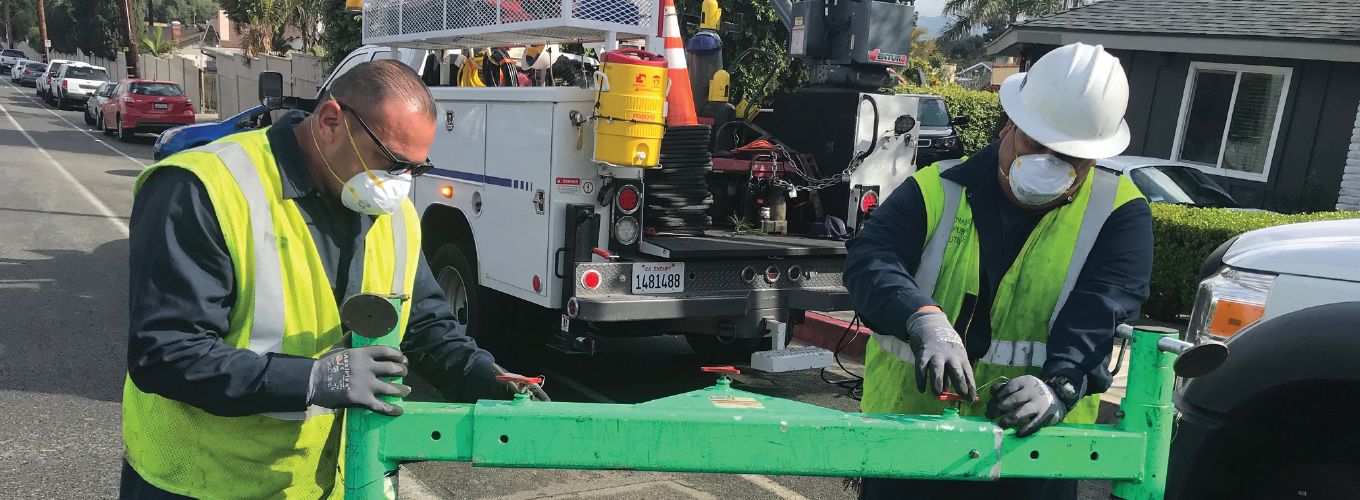
IGI Takes COVID-19 Testing to Utility Workers, Underserved
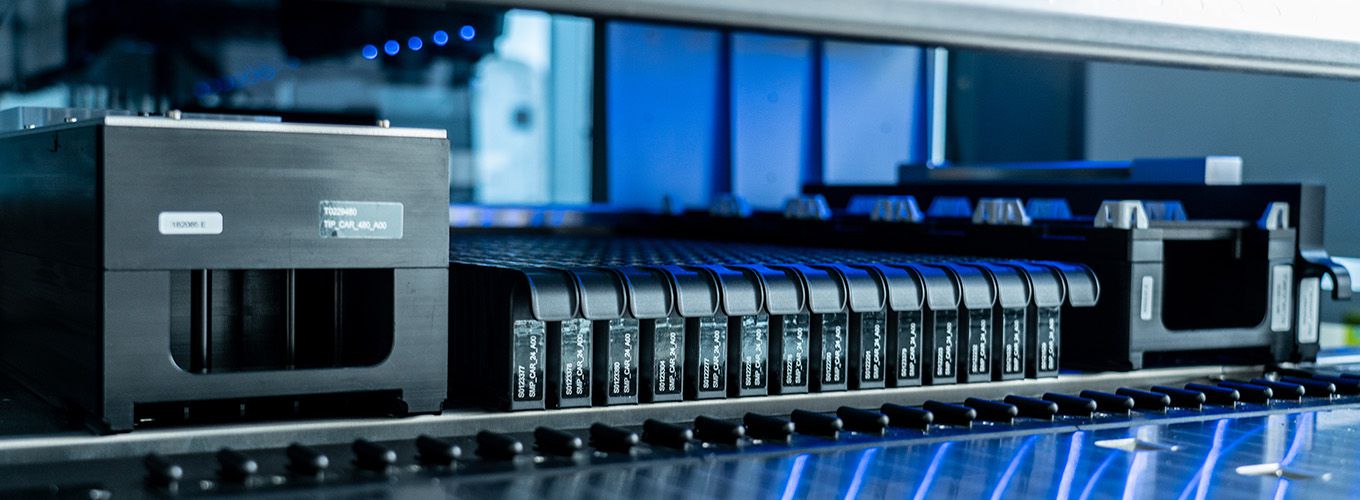
Robotic Pipeline Increases Capacity of the IGI COVID-19 Diagnostic Testing Lab
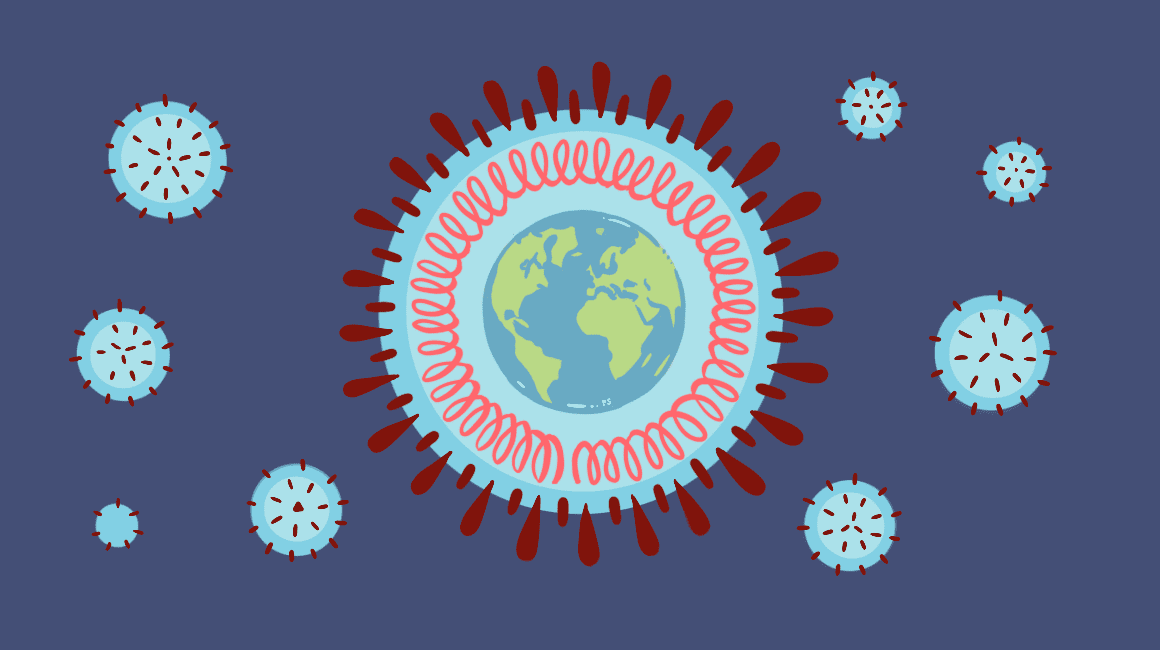
IGI Launches Major Automated COVID-19 Diagnostic Testing Initiative

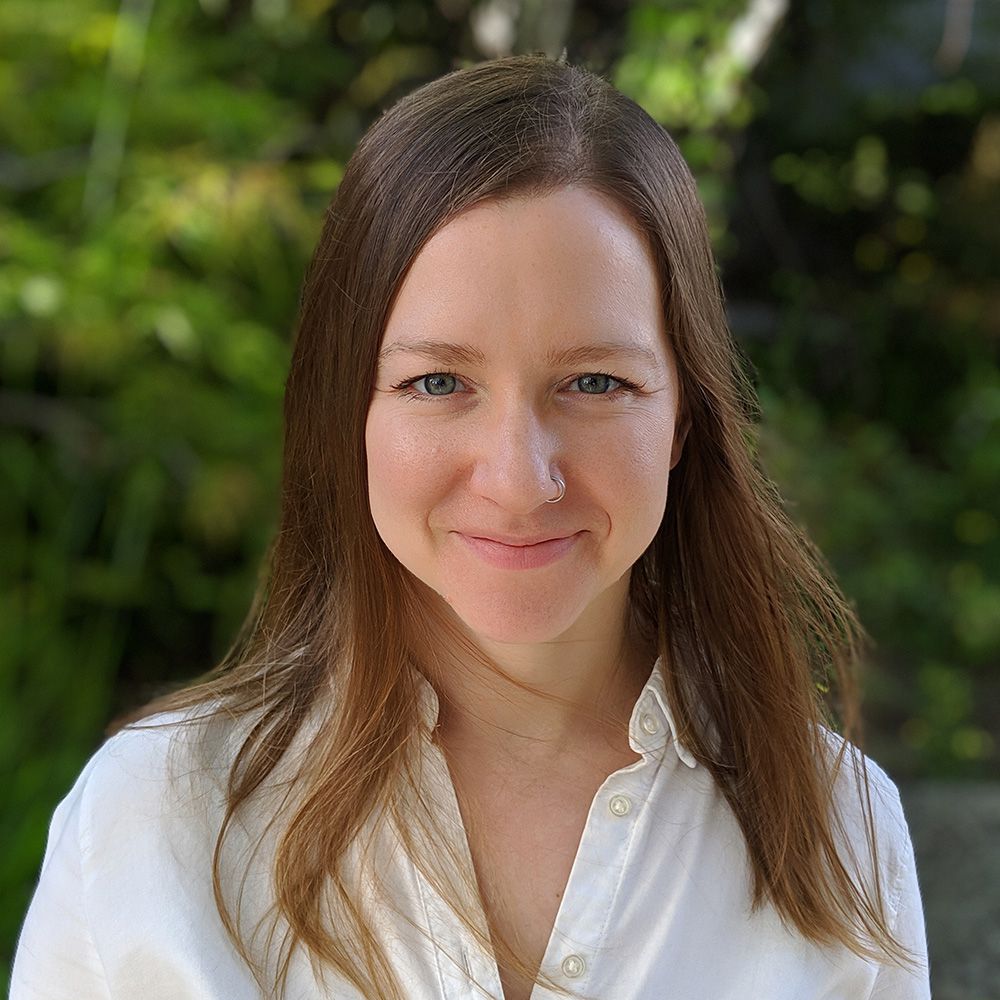 By
Hope Henderson
By
Hope Henderson